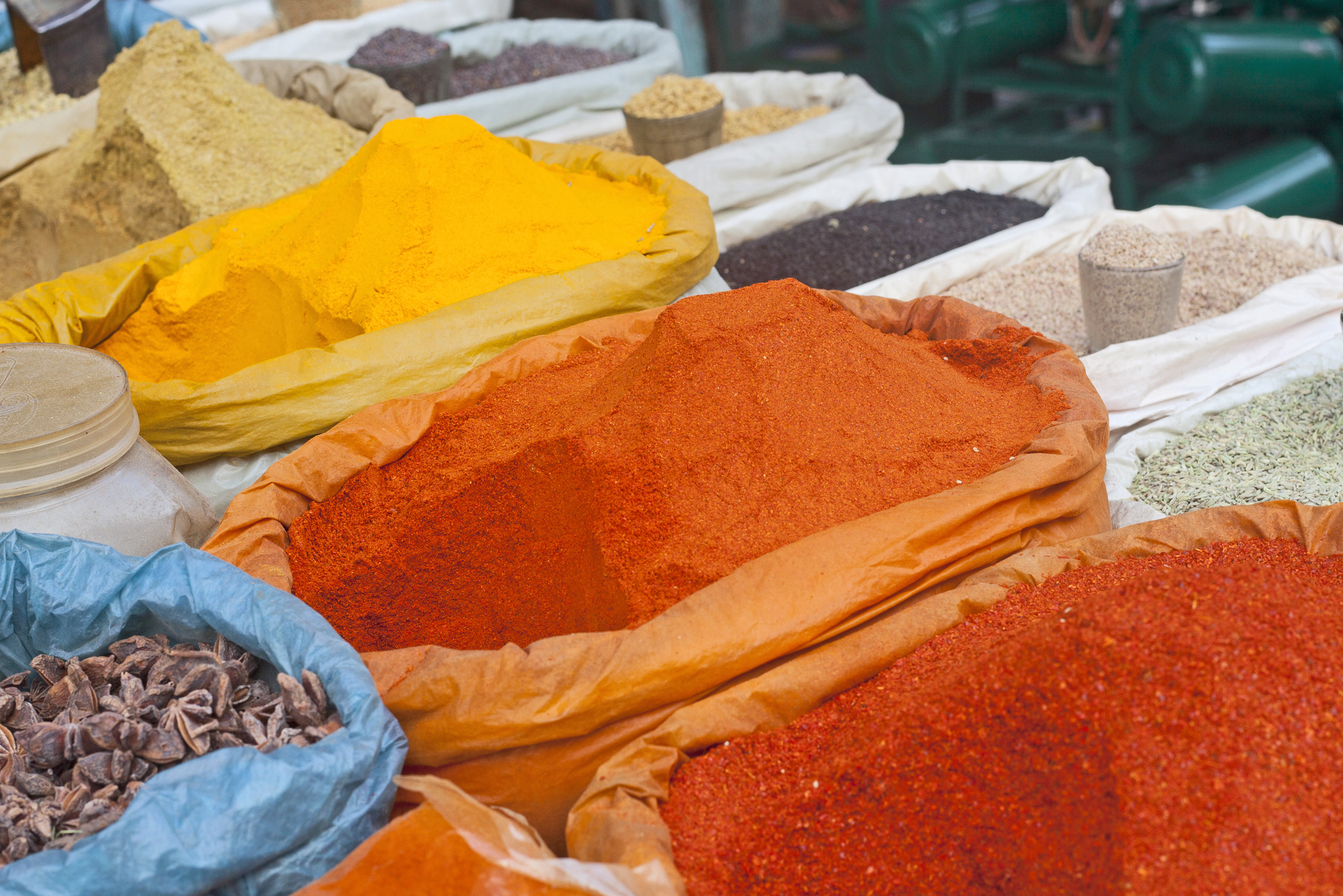Business opportunities in India
India is currently Australia’s sixth largest trading partner. In 2019-20, Australia exported goods and services worth about AUD 17.5 billion to India, while our imports from India totalled over AUD 7.6 billion.
- India was the world’s sixth largest economy in 2020, with gross domestic product (GDP) of over USD 2.6 trillion (AUD 3.7 trillion).
- On the alternative measure of purchasing power parity, India is predicted to replace the United States as the world’s second-largest economy by 2050.
- Household incomes in India are steadily increasing, creating a burgeoning population of middle-class consumers that will reach 580 million in 2025.
- By 2030, India will add approximately 140 million middle-income and almost 30 million high-income households, generating huge demand for high-quality, protein-rich foods as well as numerous opportunities across a number of different sectors of the economy, including healthcare, infrastructure, education and financial services
Doing business in India is not without challenges, some of which may seem insurmountable at first. Cultural barriers aside, bureaucratic red tape and India’s numerous distinct and diverse markets across the country may all seem like impediments to success. These issues are compounded by a complex regulatory framework that can vary from state to state.
The following sectors of the economy are among those that could present big opportunities for Australian businesses:

Agriculture: India’s population is anticipated to exceed China’s by 2027, with its population growth and rapid urbanisation to increase demand for agricultural goods. The country faces an enormous task in feeding its own population and establishing more sustainable agricultural practices, while relying on its quickly depleting resources. India’s jobs market is heavily reliant on this sector, with 58 per cent of the rural population engaged in agriculture and related business activities.
Food and food products: The increasing affluence of the Indian middle class is generating big changes in dietary habits which are adding pressure on the agriculture sector. Demand is increasing for fresh foods including dairy, fruit and vegetables, grain, pulses, juices, and lamb, which Australian exporters can take advantage of.
Resources and mining: India’s rapid economic growth since its initial economic liberalisation in 1991 has generated increasing demand for resources and minerals. The country is home to significant resources and reserves of coal, however its domestic resources are insufficient to meet domestic demand.
Rail infrastructure: India is home to the world’s third-largest rail network, and its railways play an important role in moving both people and cargo across the country. The Indian Government has prioritised the upgrade of its rail network, creating opportunities for the Australian private sector to provide technical advice, consulting and specialised equipment to the sector.
Road infrastructure: India is infamous for its road safety issues, with close to 151,000 people killed and almost 470,000 injured on its roads each year. The design and maintenance of roads and other infrastructure in India, including in its largest metropolitan areas, has failed to keep pace with rapid urbanisation leading to high fatalities on the road.
Water, waste and environment: A key environmental focus for the Indian Government in the near future will be water management and security. Population and economic growth is escalating the demand for fresh, clean water in a country where water pollution and the associated adverse health effects are of paramount concern.
Education: In 2020, Indian student enrolments in Australia accounted for 17 per cent of all international enrolments (second only to China at 26 per cent). Enrolments from India grew approximately 12 per cent in 2017, 24 per cent in 2018 and 38 per cent in 2019, making it one of the fastest growing sources of international students in Australia.
Information communications technology (ICT) and services: India’s ICT market is growing exponentially, and now accounts for 42 per cent of the nation’s services exports. Mobile technology in particular is seeing unprecedented uptake, with 5 million new subscribers each month.
Biotechnology and pharmaceuticals: Significant opportunities for investment exist in India’s biotechnology sector, which is the third largest in the Asia-Pacific. It is a rapidly growing market, in part due to progressive government attitudes towards research and development (R&D) and the promotion of such activities in India

Tourism: India is one of the biggest and fastest-growing sources of foreign tourists coming to Australia. Annual revenue from Indian visitors to Australia was about AUD 1.7 billion in 2019, is expected to grow after the ease in boder restrictions due to the COVID-19 pandemic.
Aged care: The number of people aged over 65 in India is forecast to quadruple over the next 40 years, a phenomenon that is expected to significantly contribute to the prevalence of lifestyle or non-communicable diseases, including hypertension, diabetes and other chronic conditions. T
Automotive: India is the world’s fourth-largest automobile producer by volume, with output having grown just under 15 per cent in the last 10 years. The country’s 35 vehicle producers account for 7.5 per cent of India’s national GDP and almost 8 per cent of local employment.
Heritage conservation: As one of the world’s oldest civilisations, India is home to a rich and culturally diverse range of architecture, literature and art.
Want to learn more? Explore our other India information categories or download the India Country Starter Pack.
